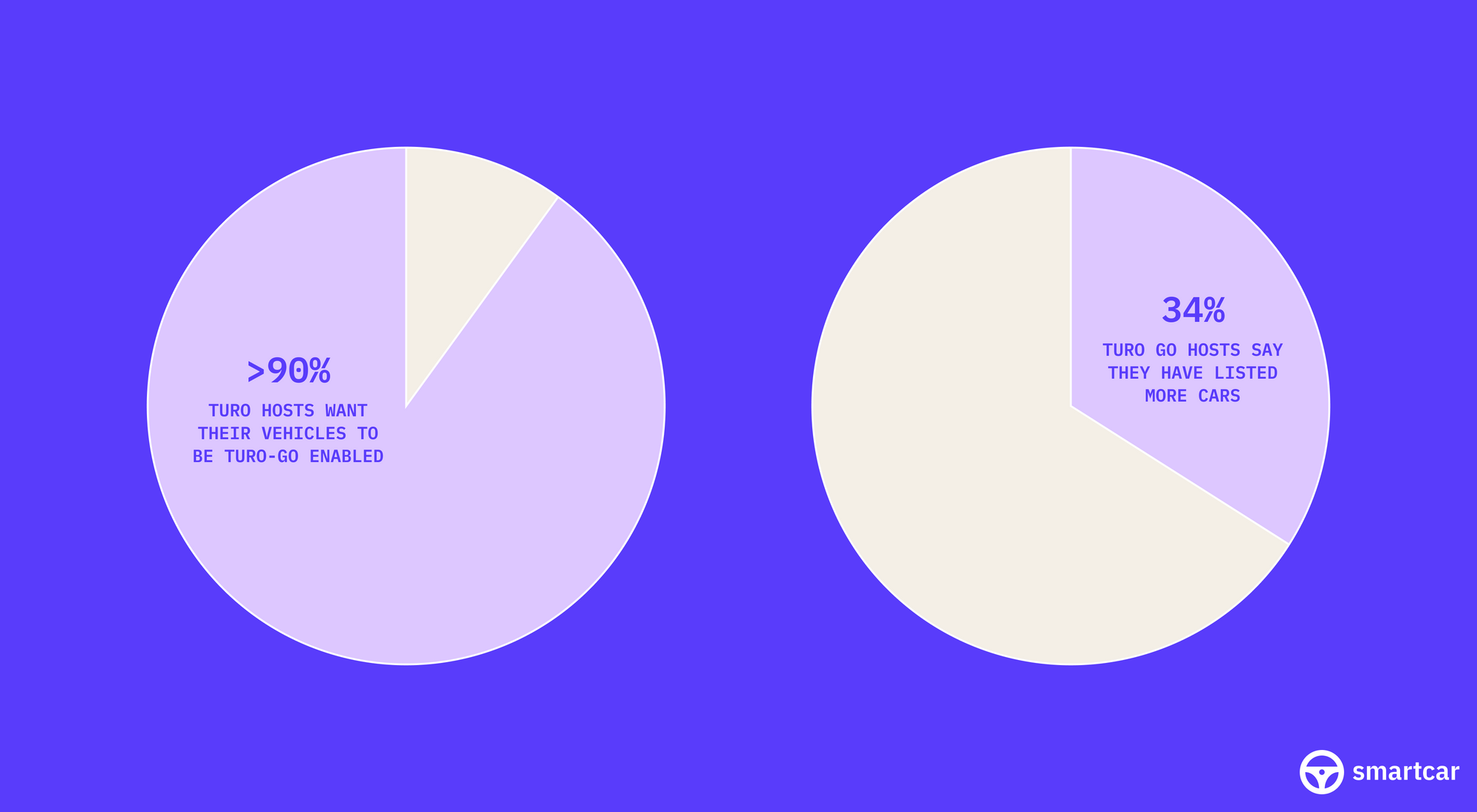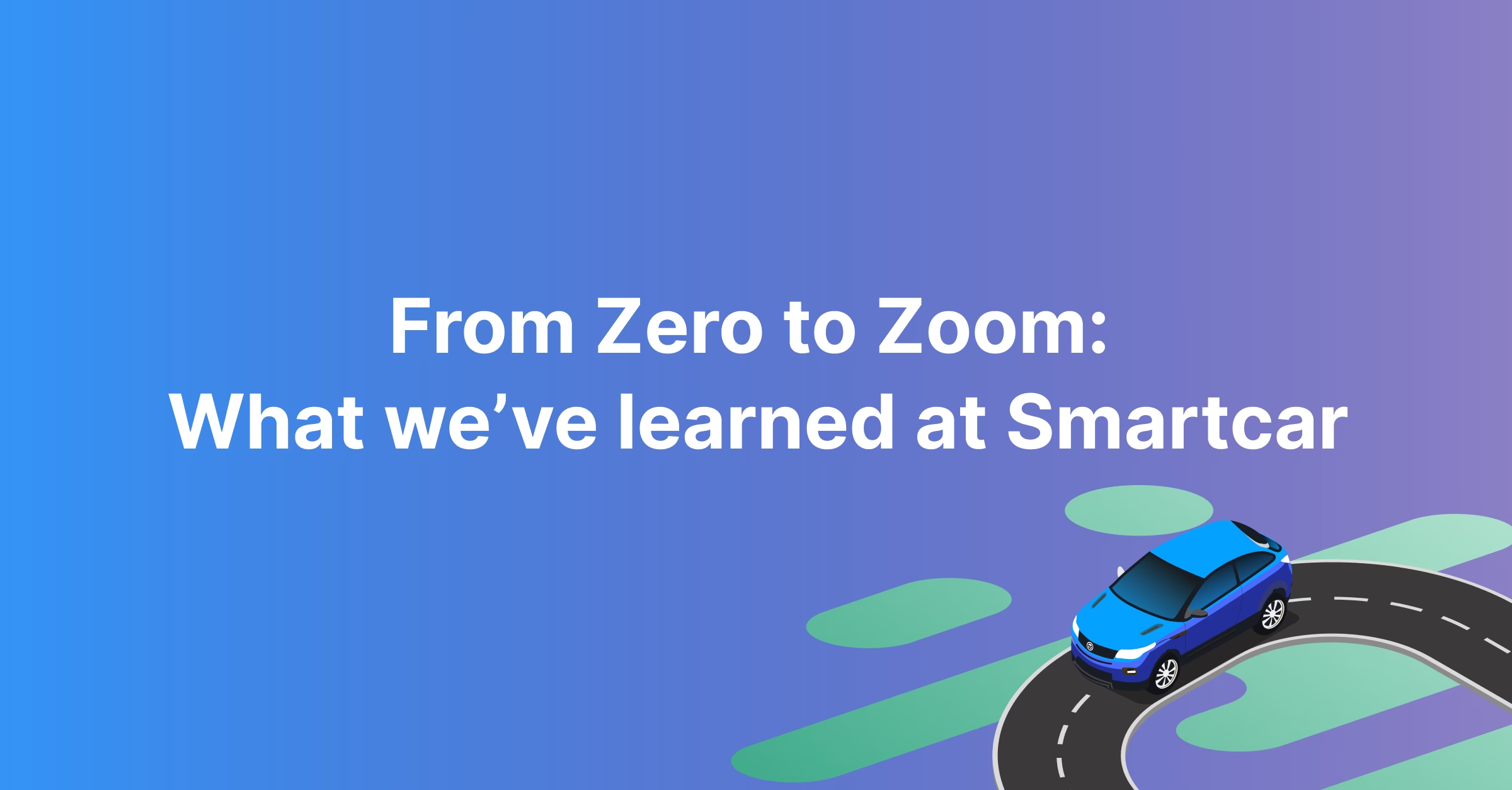In 2021, ‘sustainability’ reached a record high in search interest worldwide on Google, alongside terms like ‘how to conserve’ and ‘impact of climate.’
“We’re now at a point where the momentum [of sustainable mobility] has tipped, nobody can stop it at this point,” says Alex Mitchell, creator of the $ustainable Mobility newsletter. “Even if Elon Musk somehow said, ‘I’m shutting down Tesla. I’m not building EVs anymore,’ the EV revolution will continue.”
But as many reports have shown, this momentum is great, but not enough.
Electric vehicle sales in the US jumped up 38% in the first quarter of 2022, while sales in the EU saw a 53% increase. Yet a study by ICF found that existing state-level EV policies in the US would only lead to a 27% decline in emissions by 2050. Similar circumstances are seen in Europe, with studies expecting the region to only meet 2030 goals in 2051.
Mitchell adds that achieving the optimum levels of sustainable mobility today still depends on two overarching goals — decarbonizing quickly and getting as much mode shift as possible.
This blog explores how a wave of new sustainable mobility technology is helping us get there.
What does sustainable mobility mean?
Sustainable mobility defines any mode of transportation that depends on non-renewable energy sources, namely fossil fuels. Transportation made up 27% of 2020 greenhouse gas emissions in the United States.
Governments worldwide are pushing for low-emission transportation systems like sustainable cars, micromobility, and better public transit.
The problem lies in how our existing transportation systems have been influenced by the dawn of early automotive technology — like the gas-powered cars of the 19th century — and a long-standing culture surrounding the prestige of private car ownership.
What followed was the development of roads, cities, regulations, and economic incentives that positioned fossil fuel-powered transportation as a necessity for convenience, access, and speed.
But there is good news — a new wave of apps and software services specifically focused on advancing sustainable mobility through connected car data.
The impact of your app goes even further when you can work together with other players in the mobility ecosystem through joint partnerships or integrations with sustainable car API

I think that the entrance of tech companies into the mobility space has, for the better, really pushed government, private actors, and everyday citizens to rethink how we make transportation decisions, our mobility options, access outcomes, and so on.
— Warren Logan, Partner at Lighthouse Public Affairs
🔖 Read our interview with Warren about siloes in our sustainable mobility ecosystem
Examples of sustainable mobility technology
The shift to sustainable mobility requires us to reevaluate how existing technology, policy, economics, and culture interact with sustainable transport modes and the development that supports them.
The Energy Research and Social Science journal identified three narratives that can inform effective policy and action for sustainable mobility:
- Electromobility
- Collective transport
- Low-mobility societies.
Transportation systems today benefit from the development of solutions targeting specific gaps in these narratives. Partnerships between technology companies, local governments, and communities are necessary to roll out efforts at scale.
Here are a few examples of what that can look like in the context of each sustainable mobility narrative:
Solutions to advance sustainable mobility ecosystems
Although integrations have become more commonplace in the mobility space since the rise of companies like Uber, the idea of a “winner take all” approach with public and private partnerships has become unrealistic.
“Maybe internet search might be a winner take most or all, but not mobility, partly because of the variety of our needs each day,” Mitchell says.
Partnership-driven software strategies widen the reach of environmental problem-solving.
These partnerships pool together more resources and expertise to implement better travel options optimized for more consumer accessibility, convenience, and trust.
Here are four ways apps and services are improving the adoption of sustainable mobility solutions:
- Providing a better user experience
- Hyperlocalized features for more accessible travel
- More mode shift convenience
- Giving back to the grid with electric vehicles
💡 User experience
A report by J.D. Power found that more than 50% of EV owners use connected services apps regularly, but 32% of those who don’t aren’t even aware of how to use them.
Third-party EV apps have emerged to fill this user experience gap by using vehicle telematics to help drivers manage and analyze specific functionalities critical to the EV ownership experience — like optimizing EV charging and generating battery reports.
Casey Donahue, founder of the smart charging app, Optiwatt, joined Smartcar for a webinar on smart charging where he explained how user experience impacts customer involvement in sustainability efforts.
As automakers focus on manufacturing vehicles, Donahue says that innovation from consumer apps and developer platforms creates solutions that focus on user preferences, convenience, and confidence in the EV industry.
🗺 Hyperlocalization
A reliable mobility ecosystem offers greater support at a local level to fit the unique needs of nearby communities.
Integrations must consider city-specific limitations and travel behavior can help mobility businesses offer more flexibility to meet local conditions.
Carge is a mobile app that uses vehicle telematics to help drivers find and book available charging stations across Europe. The app uses software to communicate with charging stations and over 40 EV models, using horizontal integrations to give drivers information about nearby charging stations.
Local communities also use software partnerships to develop community-driven programs that offer low-income residents access to sustainable transportation.
In 2020, the Los Angeles Cleantech Incubator partnered with the Housing Authority of the City of Los Angeles and EV car sharing software, Envoy, to launch the Rancho San Pedro Electric Car Share.
The program allows residents in a community of 450 subsidized apartments to rent EVs for $3 an hour. The LA Times also reports that local representatives are working on legislation to launch similar programs in low-income communities across the country.
🚘 Mode shift
Mitchell is car-free by choice and notes the difficulty of patching together mobility options with different reliability levels, payment methods, and data systems.
He says there’s an opportunity for connected ecosystems that give individuals similar travel flexibility and accessibility even without private car ownership.
He describes this as a possible “bundle of services that cover car sharing, ride-hail, scooters and bikes that cost $3,000 or $4,000 in instead of $10,000 a year [for private car ownership].”
Software and cloud platforms allow mode shift across cities with more convenience and local context.
One example is how Superpedestrian’s vehicle intelligence helps them customize vehicle behavior to meet city requirements for geofenced zones and parking across the United States, Europe, and the Middle East.
Turo also uses cloud software to simplify how vehicle owners can become car sharing hosts and decrease overall dependency on buying a personal vehicle for travel.

With the Turo Go feature, hosts can even use digital car keys to operate multiple listings without the logistical challenges of meeting guests where they are. Using Smartcar’s API to administer contactless car sharing, Turo saw an increased interest in its platform’s capabilities.
🔋 Managed EV charging
Concerns have been raised about the future of sustainable cars, arguing that EV charging would only do more harm than good if grids are already struggling to meet heightened demand.
But EVs are a necessary component for modernizing our grids. Vehicle-to-grid technology can be used to:
- Schedule charging during the day when electricity demand is lower
- Schedule charging during hours of more renewable energy production
- Store excess renewable energy so it can be used later when demand is high
- Discharge electricity from the grid during hours of peak demand
Close to 70% of utilities in the US have plans to roll out a managed EV charging program within the next two years. They’re doing this by working with software partners to communicate with Wi-Fi-enabled EVs and reduce dependency on complicated hardware installations.
Demand response firm, Rolling Energy Resources, uses EV APIs to help utilities study EV charging patterns within a territory and shape better demand response initiatives.
With software-only means to access information like EV charging locations, charging status, and battery levels, utilities can alert residents and remotely stop charging during peak hours.
The future of sustainable mobility is connected
From EV charging to car sharing and urban planning, mobility applications and services are challenging the way we think about sustainable travel.
There’s a lot to do before newer modes of mobility become affordable and equally advocated for across different demographics. But a well-rounded and collaborative approach to technology development leads to opportunities and incentives to help us get there.
As ICF’s Stacy Noblet tells us in a previous article about the state of EV charging and mobility ecosystems, “there is a sense that the rising tide raises all ships, and if you can get it right, it’s going to benefit the industry as a whole.”






